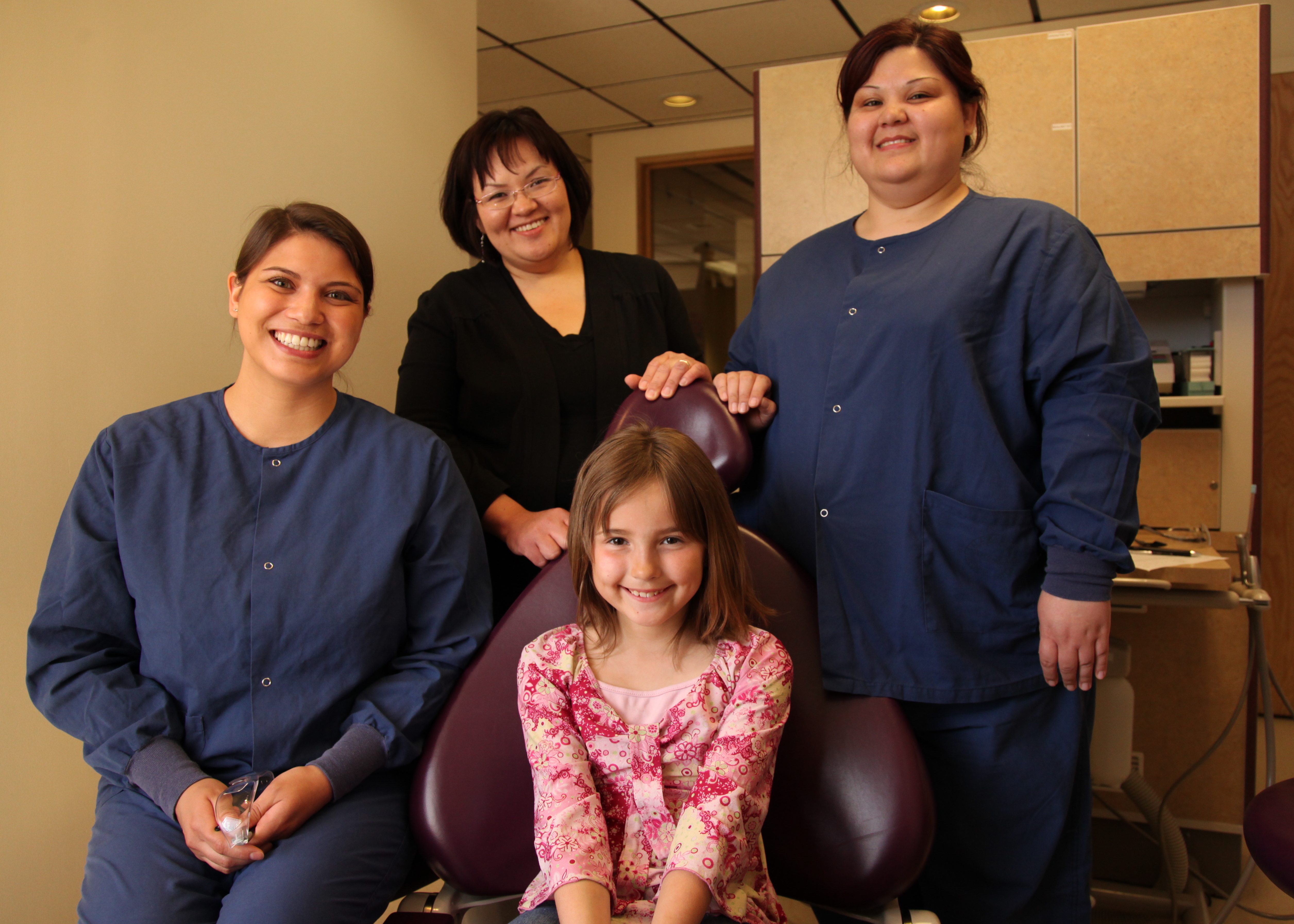
New research published in the Journal of the American Dental Association shows that dental therapists increase use of dental care and hold promise for reducing the need for more invasive care in the long-term. The study, Secular trends in dental services provided by dental therapists and dentists in Southwest Alaska, used 10 years of health records data from patients in the Yukon-Kuskokwim (YK) Delta in Southwest Alaska. It looked at the number of dental services provided since dental therapists began practicing there. And, it compared services provided by dental therapists to those provided by dentists.
The study found that, since dental therapists began practicing in the YK delta, people have received more diagnostic, preventive, and restorative care. Instances of more invasive care, like endodontic services and oral surgery, have either decreased or stayed the same.
Dental therapists are also more likely to provide high volumes of preventive care. While dentists had more days in which they provided any preventive services, dental therapists had more days in which they provided 20 or more preventive services. This data reflects dental therapists’ increased likelihood of offering care in community settings, like school health fairs, and the positive impact they have on population oral health.
The results also suggest that dental therapists effectively complement care provided by dentists. Over the 10-year study period, the percentage of diagnostic, preventive, and restorative services provided by dental therapists increased, while the percentage of these services provided by dentists either decreased (diagnostic and restorative) or stayed the same (preventive).
This new study draws on previous research showing that dental therapists improve access to preventive care and reduce extractions in both children and adults. Over a decade of evaluations and research on dental therapy practice since the providers first began working in the United States has shown a variety of positive impacts. For example, dental therapists have improved access, patient experience, and trust, and shortened travel and appointment wait times. They have also increased revenue for clinics.
Overall, this new research bolsters over 1,000 previous studies—and a century of experience across the globe—showing that dental therapists improve access to high-quality dental care. They can be part of the solution for the almost 70 million people living in communities without enough dental providers.
Dental therapy offers promise for expanding community-based care that is culturally responsive. It also can create high-quality jobs in communities that have experienced systematic disinvestment in both access to care and economic opportunities. Dental therapists are transforming the way dental care is delivered and advancing racial and economic justice.
Photo credit: Community Catalyst. Image description: Dental therapists Savannah Bonorden and Elsie Polowook with a patient and parent.
